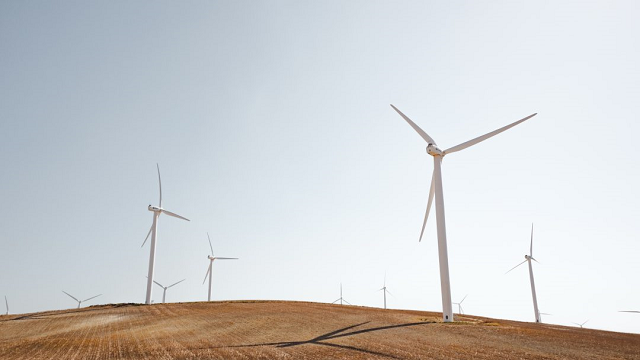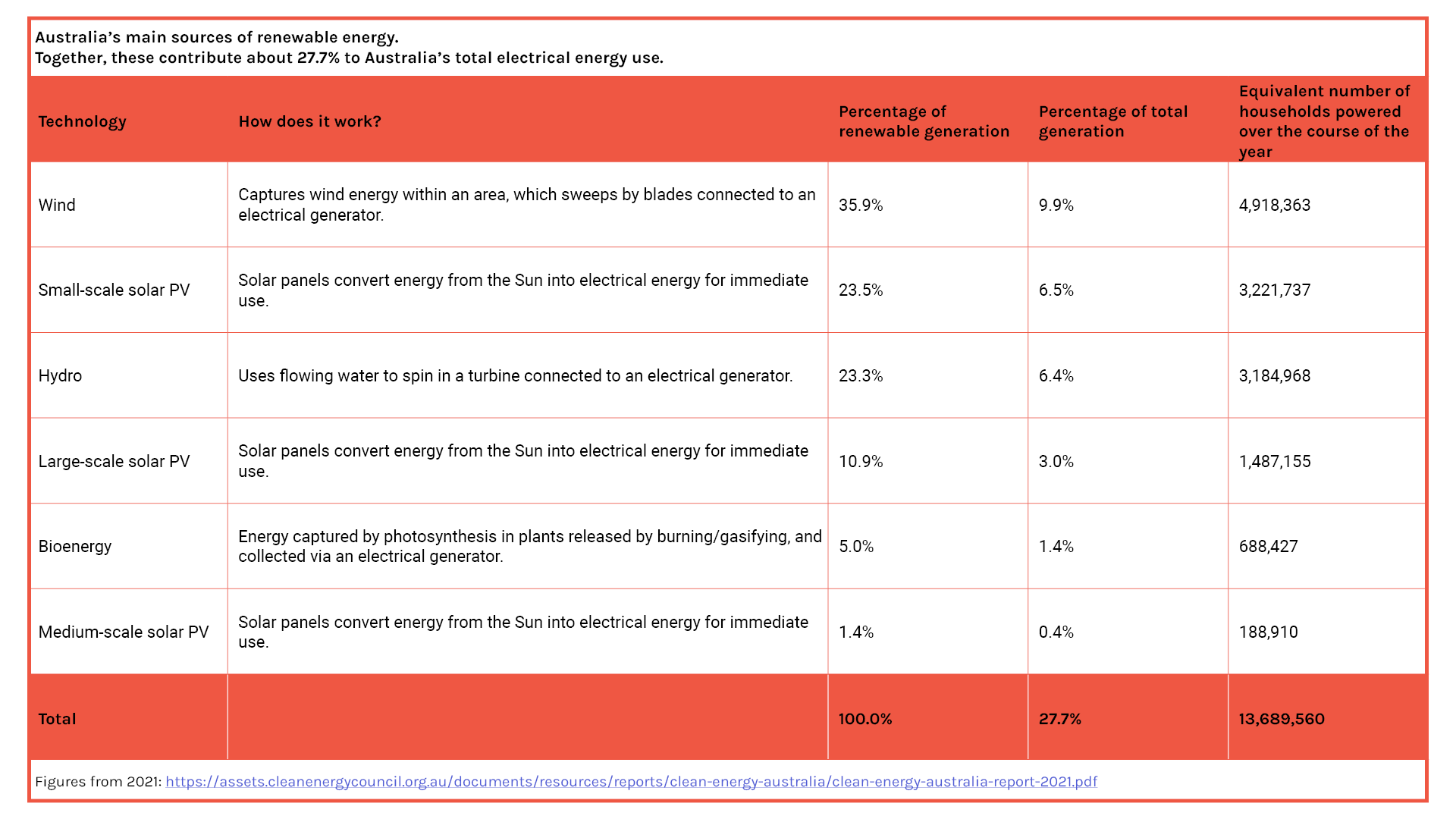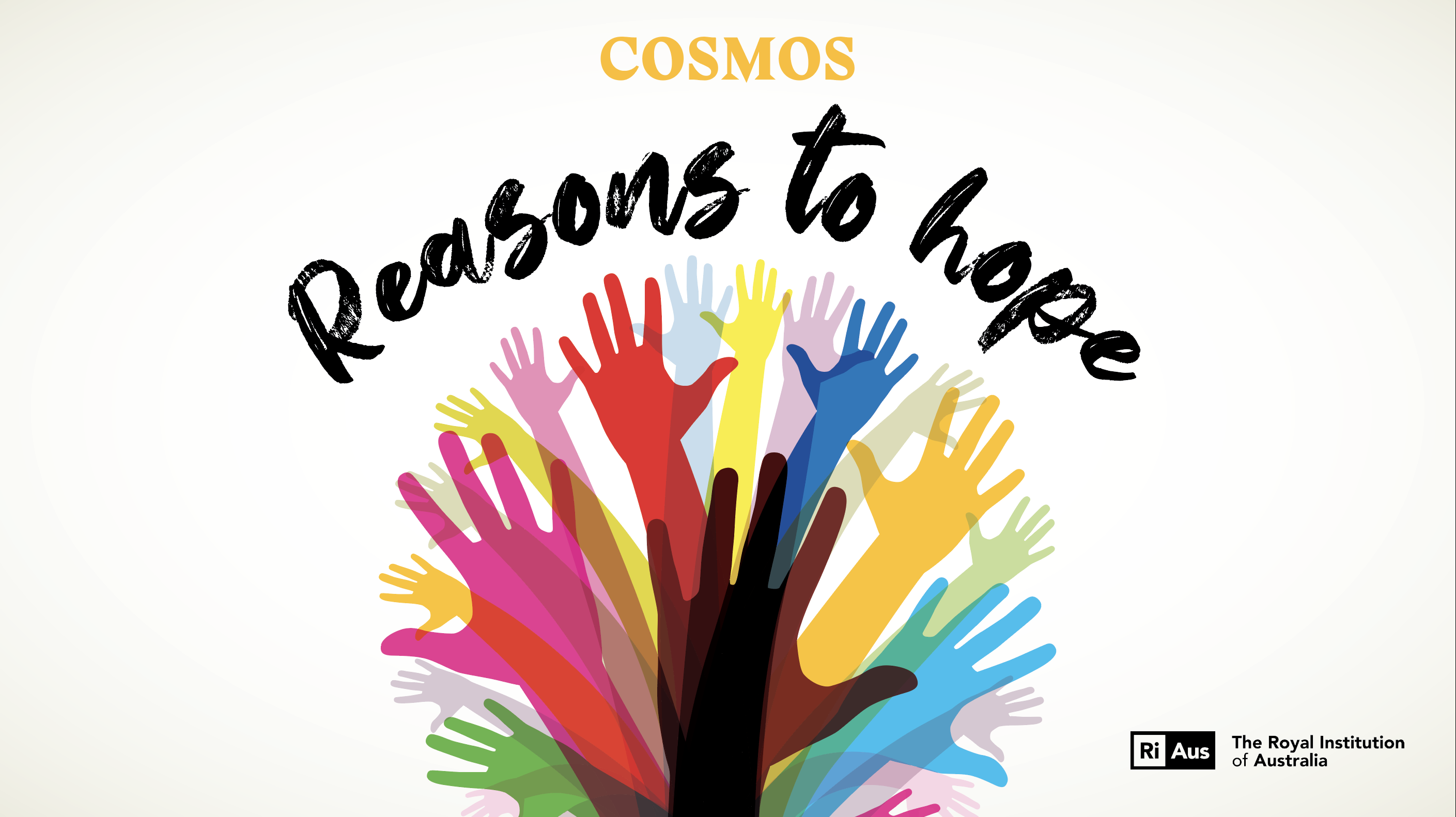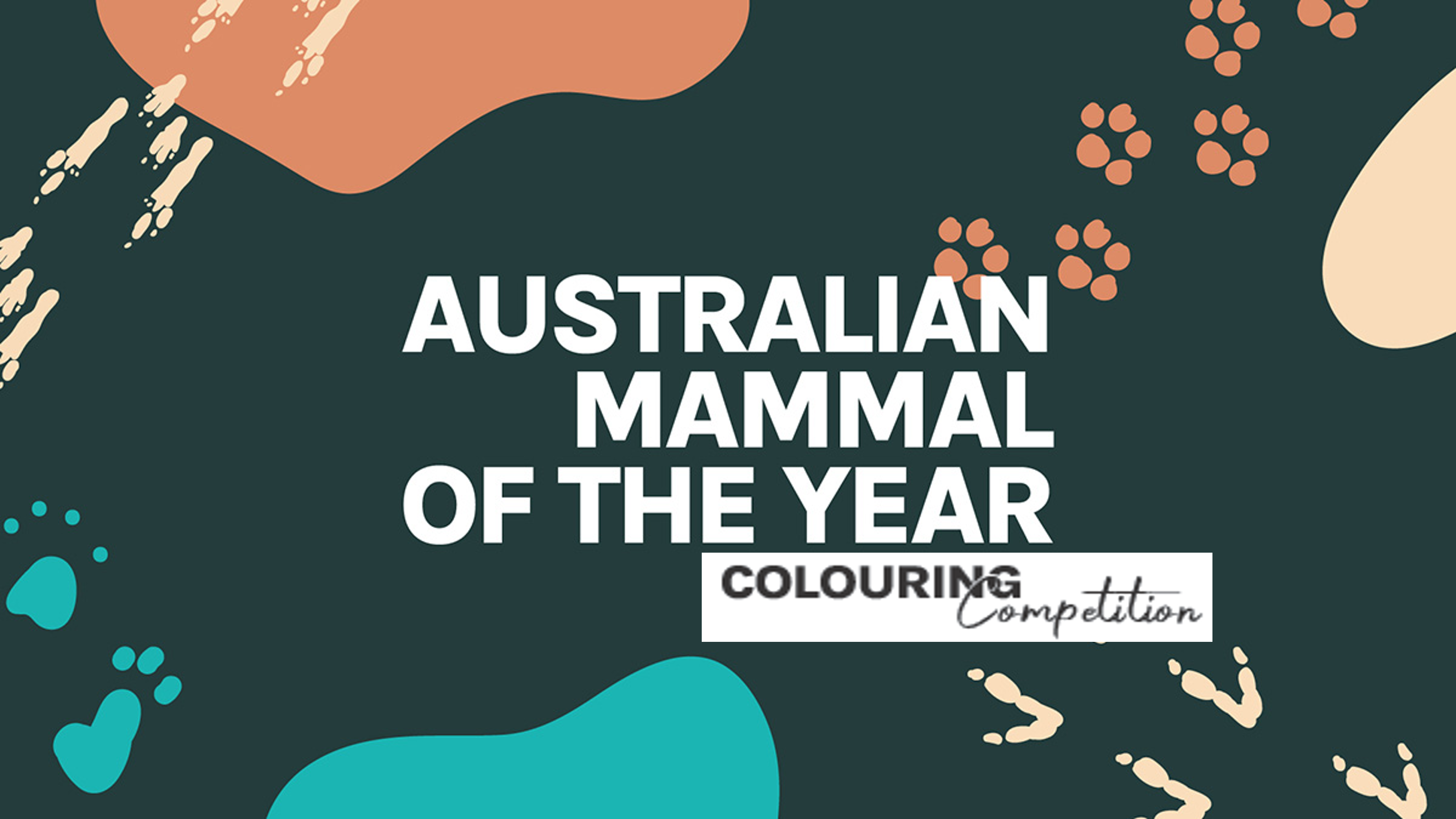We don’t have to be tied to dirty coal-fired power stations for our energy needs. We have real options, explains Sarah Keenihan.
This excellent explainer article talks about the different forms of renewable energy and the impact they have on both individuals lives and the world. The easy to understand terminology makes this an accessible piece for many Earth and Space and Physics students.
Word Count: 1706

It’s so easy that we take it for granted: flick a switch and night seemingly turns to day, the washing machine cleans your clothes and the computer screen lights up.
For most of us in Australia, this simple act brings electricity flowing through wires that link our houses to more wires and transmission lines that come from power stations where coal is burned to release energy.
You’d have to have been living under a rock not to know that it’s a dirty and inefficient process, creating gases that pollute and alter our atmosphere, contributing on a large scale to human-induced climate change.
Multiple options
We have some very real alternatives.
According to Clean Energy Australia, about 27.7% of our electricity in 2021 comes from other sources such as hydro, wind, solar and bioenergy.
What’s exciting is that these avoid coal-fired power stations completely. Even better, they are renewable.
“Renewable energy is energy that is replenished at the same rate as you use it,” Dr Jonathan Whale, Academic Chair of Energy Studies at WA’s Murdoch University explains simply.
“Conventional fuels like coal took millions of years to form, and we have used up a large proportion of them within just 150 years. With renewable energy, as soon as you convert some sunlight or some wind energy into electricity there is more energy waiting to be used.”
Sounds perfect, right? So why aren’t we generating all of our electricity from renewable sources right now?
It boils down to the existing setup of our towns and cities, and the challenge of distributing power to a lot of people spread over a large country such as Australia.
“To provide every consumer with electricity, an interconnected network is required. This consists of many power stations, transmission lines that carry the power from distant stations to specific areas and then distribution lines that carry the power to each individual consumer,” Jonathan explains. “This network is often referred to as ‘the grid’.”
Designed to work with constantly burning coal, the grid does not cope well with less consistent, fluctuating energy sources, such as wind or solar. Wind, of course, varies on a daily basis and the sun disappears completely every night and can be blocked by clouds during the day.
Murdoch is one of several Australian universities carrying out research aimed at improving the reliability of power generated from fluctuating power sources. Predicting cloud movement is one way of overcoming some of the issues. And storing energy, in batteries for example, is another. “Energy storage can be used to smooth the output from fluctuating power stations,” Jonathan says.
Compared to wind and solar, hydroelectric power offers a better degree of consistency because available water can be stored and released to match electricity generation with peak use.
Biomass energy – from plant material – is another relatively constant renewable source of energy, although it is relatively inefficient and so not a typical source of power. It also releases carbon dioxide as a waste product.
Combining resources
Applying multiple technologies together is another approach.
“Using different renewable energy resources over a geographically large area of the grid would also average out fluctuations, because there would always be somewhere where the wind is blowing or sun is shining,” Jonathan says. He believes it is possible to power Australia entirely on renewable energy.
“But it would mean a complete change from our existing grid structure and operating methods,” he says. However Jonathan is optimistic. “If we have the right political will and business community support we could achieve this by 2050,” he says.
Alicia Webb agrees. As policy manager at the Clean Energy Council, she is used to walking the fine line between what is technically possible, and what human societies want to achieve. “Can we power the world on renewable energy? Unequivocally, yes!” she says. “But right now we’re in a transitional phase. We’ve come up with better answers to an old question, but it’s taking time to change.”
Not only do we need to make renewables work in a technical sense, but the cost equation also needs to be right. Australia is a country that can mine its own coal, and traditional generators are run by private companies with financial targets. “It’s hard to compete with existing technologies such as coal,” Alicia explains. “But as the price of renewables keeps dropping, they’ll increasingly make financial sense.”
Of all the renewable energy options available right now, wind and solar are the cheapest and most viable. But the future might be different. “I can’t tell you what fabulous new machine humans are going to invent next,” Alicia says. “The next 30-50 years will be an exciting time for Australian energy.
Making and storing your own electricity
So maybe we’re a few years off having renewable sources of energy power all of Australia’s electricity needs. But what if you took things into your own hands?
Meet inner-city Sydney resident Michael Mobbs, who has jumped the queue and set up his own home using 100% renewable power for electricity. In March 2015 he disconnected his house from the main electrical supply grid.
“When the wires were cut down, I was like a little boy whose Christmases all came at once!” Michael says. “This house makes me feel like I’m contributing to a solution for our climate.”
As far as his technology set-up goes, Michael relies on 40 solar panels, batteries to store power and an inverter. The batteries allow him to keep operating normally at night when panel exposure to light energy is reduced during winter and on overcast days. “The inverter manages fluctuations in the power supply,” Michael explains. “It also translates the Sun’s energy into a form that the house can use.”
Michael’s house now has a daily energy capture capacity of just over 3.5 kilowatts (kilowatts is a measure of power, and power is the energy transferred every second). “The house uses about 3 kilowatts of electricity per day, and my batteries can store about three days worth,” he explains.
As well as installing his own renewable power system – which was easily rigged up by a qualified electrician – Michael has been careful to choose very efficient household appliances. “When I first put my solar panels up, my old fridge used up all the power!” he says. “Now I have a very efficient fridge, and other appliances, plus all LED lighting.” Michael recommends energyrating.gov.au as a great resource for choosing low-energy household appliances.
Michael knows that thinking about kilowatts, inverters, batteries and appliances can be a little overwhelming for many people.
To aid fellow Australians in overcoming this hurdle, he now offers coaching in designing and building sustainability projects. One person already relying on his expertise is Kylie Ahern.
While planning a renovation of her inner-city terrace, Kylie decided to set up the house for her own renewable energy generation. “I’m aiming for 100% off-grid by mid-2016,” she says. “Michael is project-managing my set-up and renovation.
@RiAus filming @kylieahern‘s underground 5000L rainwater tank #kylieoffgrid pic.twitter.com/yzTHWS2Spz
— Sari-Elle Kraemer (@SariEllek) November 17, 2015
Kylie could have done a fairly straightforward update to her home. So why did she move beyond just installing a fancy new kitchen and shiny bright bathroom and decide to go as renewable as possible? It boiled down to a sense of personal responsibility, she says. “I don’t think voting is enough. We can all take action to make our lives more sustainable.”
Motivations aside, Kylie says that setting up the technology to capture and store her own electricity was not that difficult. “Once you decide to do it, you can actually make it happen within a couple of weeks,” she explains. “This is what I’m hoping my house can demonstrate – that anybody can do this.”
Climbing the renewable energy ladder
Imagine 24 hours with no electricity. Education, earning money and reading a book happen only during daylight hours, or in a smoky room dimly lit by a fuel lamp. There’s no TV. You can’t charge a phone. Cooking takes place over an open flame. This is life in the slums of India. Every day.
But change is coming. Social business Pollinate Energy, set up by a group of young Australians, is breaking the cycle of poverty by helping Indians access electricity. And they’re doing it using sustainable technology.
“We’ve set up an entrepreneur network that allows poor people to access renewable electricity in an affordable way,” explains Alexie Seller, Chief Operations Officer at Pollinate Energy. “At its most basic level, it provides families with a light, a solar panel and a battery. The panel is installed on the roof, and a full day’s charge of the battery can provide up to 36 hours of light and charge a phone.”
Just this small setup can make an enormous difference to daily lives in India.
“Our customers tell us that the biggest impact is that it gives them quality, family time together,” Alexie says. “It means kids can play at home, and stay in school. It also has an economic impact, as it allows women to be out of the home working all day, and then have enough light in the evenings to do home chores, like cooking and cleaning.” Women still do the vast majority of housework in India.
There are also positive effects on health and the climate. Providing a sustainable source of light means that families no longer have to rely on the fossil fuel kerosene, which they would otherwise burn inside their homes to generate a flame.
“Burning kerosene inside a tent home causes indoor air pollution and respiratory illness,” Alexie explains. “Kerosene is also very inefficient, so for every litre of kerosene burnt, around 2.5 kg of carbon dioxide is produced.” This contributes to climate change.
Pollinate Energy says that so far they’ve installed more than 11,000 renewable systems in India, reaching more than 50,000 people. They’ve reduced kerosene use by more than a million litres, and saved 2.5 million kg of carbon dioxide emissions. And they’re only just getting started. “We hope to reach all the major cities in India, and help people climb the energy ladder,” Alexie says. “We can see no reason why everyone can’t be set up with renewable electricity like this.”
Written by Sarah Keenihan. Adelaide-based freelance science writer Sarah Keenihan began her career as a biomedical researcher. She loves that she’s now “working at the cutting edge of science across many different specialty fields and that every week is different”. This article was originally published in 2017. It was updated in 2021.
Log in or Sign up for FREE to download a copy of the full teacher resource






